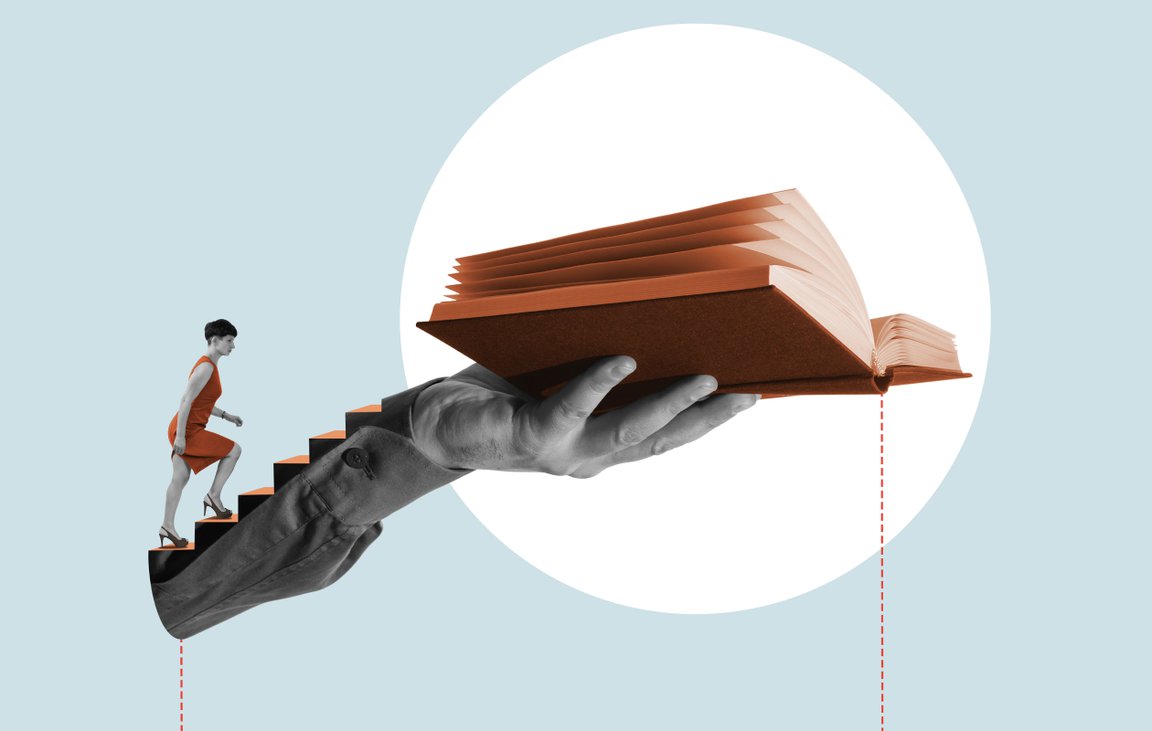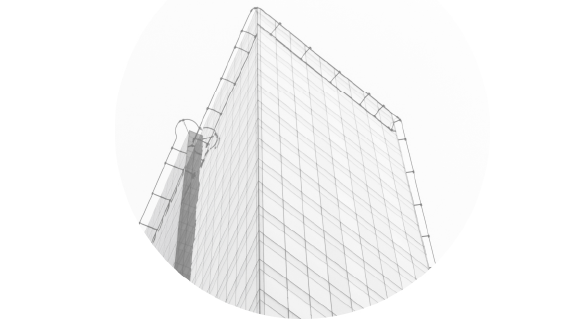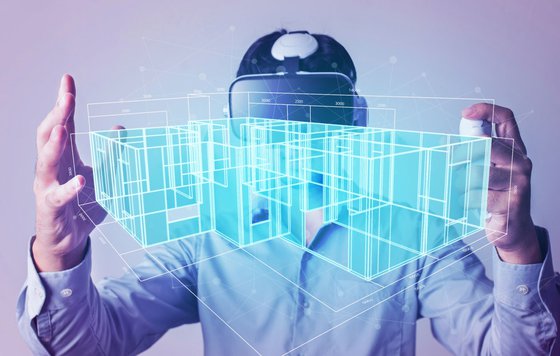newsletter
Sign up for the Marketer QuickLook Newsletter
SMPS Headquarters
625 North Washington Street
Suite 302
Alexandria, VA
22314-1936



Our Love of
Learning

By Clare Kelly, MS, CPSM, Principal Consultant, FUSE Marketing
Feature



It’s why the A/E/C industries are viable for marketers and business developers today – and crucial for our future.
A/E/C marketers and business developers are hard-wired with curiosity and the zest for life-long learning. It’s what brings most of us joy, while adding value to the work we do for our firms and clients. As the Society for Marketing Professional Services (SMPS) celebrates its 50th anniversary, let’s recognize the significance of our collective, on-going, efforts to gain new insights and skill sets. Together, over the past 50 years, we have defined the A/E/C industries’ body of knowledge and established paths for viable professional services careers.
Today is the springboard for the future.
Today is the springboard for the future.
In 2023 the A/E/C industries is a key player in a global economy and the budding years of the 4th Industrial Revolution (4IR). Coined in 2016 by the founder of the World Economic Forum, Klaus Schwab, the term refers to "A world in which virtual and physical systems of manufacturing cooperate with each other in a flexible way at the global level".1 04IR has already ignited a wave of dramatic social, political, cultural, and economic change. As 4IR unfolds it will build on the proliferation of digital technologies created during the third (digital) industrial revolution. The shift that makes 4IR significant and worthy of its own term is the convergence of digital, biological, and physical innovations.2
A comprehensive look at change drivers in the built environment.
A comprehensive look at change drivers in the built environment.
A 2019 report by the University of Houston Foresight Program titled, “The Future of the Built Environment” identifies three groups of change drivers in our industry. The report is based on academic research guided by thoughtful leading questions.
The first group of change drivers “The Pull of the Future” encourages thinking and visioning about how the future could differ from the present based on leading-edge technologies (4IR).3
- Automation and its relationship to labor — leads to exploration around the optimal relationship between mechanized and human labor.
- Prefab approach — refers to major components of a building being manufactured off-site then assembled onsite, includes 3-D printing.
- Shifting sense of place — recognizes that human interaction in virtual spaces has disrupted the built environment, encourages questions about the need for space and the large environmental footprint buildings consume.
- Smartness — the ability to apply intelligence to objects that are connected to a network and gather data that is used for research, customization, and improvement. This includes smart buildings and commercial datasets that contribute to AI and data analytics.3
“The Push from the Present” the second group of change drivers comprises current values and approaches with strong momentum that are likely to continue in the future.3
- Integration with surroundings — the growing need for building customization and resiliency to withstand specific climatic conditions.
- Off-the-grid – the move towards net zero buildings that meet carbon emissions goals regulated federally and locally to combat climate change.
- Personalization – building users have increased expectations about the quality of their experiences in the built environment and what physical spaces should provide for them.
- Sharing – the shift towards sharing physical space vs. delineating space specifically for individuals or single groups increases the need for flexibility to accommodate new and changing uses.
- Transparency and integration – the move away from a traditional hierarchical models towards shared leadership and collaboration, increases the need for flexible spaces. It also fosters the use of shared data and technologies to improve efficiency and competitive advantage.3
The final group of drivers, “The Weight from the Past” are creating inertia and preventing innovation, limiting our ability to build the future we envision.3
- The increase of regulation – because of the complex demands being placed on the built environment, government agencies continue to develop new laws, incentives, and disincentives to manage change. This adds time to permitting and design.
- Trade Power – the built environment is significantly impacted by global geopolitical shifts which affect the supply chain.
- Labor shortage – our industry is currently experiencing a shortage of skilled people to fill all roles from project managers to tradespeople, limiting the industry’s ability to grow and meet the market’s increasing demands.3


Mapping the Built Environment




Four potential future scenarios.
Four potential future scenarios.
Based on the three change drives discussed above, the University of Houston research team envisioned four future scenarios for the built environment. The scenarios are arranged in a quadrant defined by the intersection of two continuums, the business process ranging from adversarial to cooperative and the construction carbon footprint ranging from growing to shrinking.
The least desirable future scenario is a growing construction carbon footprint led by adversarial business practices, “Just Doing Enough”. In this scenario market leaders implement changes when forced to remain competitive and established companies fight harder over shrinking profits.3
The two mixed future scenarios are the “Manufacturing Model” which functions in a cooperative business environment but continues to grow the construction carbon footprint. In this model, a shift towards manufacturing allows companies to grow to meet demand but leads to standardization and increased use of resources. The “New Tech Competitors” scenario envisions a future where competitive high-tech players enter the market to disrupt current market leaders, shrinking the carbon footprint while creating an adversarial business environment.3
The ideal scenario, “Construction Smartens Up” decreases the construction carbon footprint and functions in a cooperative business environment. This bright version of the future depicts an industry that collaboratively achieves more with less, developing smarter, multi-purpose structures that are optimally integrated with their environments.3
Advocating for a smarter future.
Advocating for a smarter future.
Today’s leading A/E/C firms align their services and client experiences to respond to client challenges and opportunities. To bring the greatest value to our firms and clients, A/E/C marketers and business developers must be in tune with these challenges and opportunities. To be part of an optimal advancement of 4IR in our industry, let curiosity be your guide. Keep present trends and barriers to change your radar.
Two 4IR technologies that will dramatically change the landscape of the A/E/C industries are moving towards broader adoption. Dig in. Learn as much as you can about how these innovations are impacting your clients. Take the time to analyze how they could affect/benefit your firm and share your insights with your team and leadership.
Top of mind is Artificial intelligence (AI). Currently used to for tasks ranging from optimizing building energy systems by simulating efficiency, to running scenarios to solve cost and schedule overruns, to generating text and images from spoken or written cues, AI comes with excitement and angst. It is up to A/E/C marketers and business developers to learn to ethically use the technology to its greatest capacity while guarding proprietary information.


Four Future Scenarios







Because AI works with content that already exists, it cannot write a compelling, singularly focused proposal, or develop a thought leadership article on a topic that requires human insight. AI can help with research and the collection of common denominator industry content which will continue to expand and “learn” as new contributors add to the database.
The second technology to investigate is Blockchain, “a secure database shared across a network of participants, where up-to-date information is available to all participants at the same time”.4 Frequently associated with digital currency, blockchain could have major implications for the A/E/C industries. Imagine if ALL a company’s data could be contained in a blockchain database allowing “permanent, immutable, and transparent recording of data and transactions”.4
Our most important role – maintaining human connection and personalization.
Our most important role – maintaining human connection and personalization.
Clearly, we are in an era where maintaining competitive advantage requires increasing investment in technology. The most valuable aspect A/E/C marketers and business developers can bring to their roles is the ability to foster relationships with clients in ways that indicate you truly know them and understand their reality. This is what will lead our industry to a bright, smart future!
Graphics from The University of Houston Foresight Program Report on The Future of the Built Environment, January 2019.

Clare Kelly, MS, CPSM, Principal Consultant, FUSE Marketing, collaborates with owners, marketing and BD professionals from A/E/C companies to help them build their businesses with effective, thoughtful, and measurable marketing strategies. I bring a never-ending curiosity to client relationships and projects, seeking to uncover opportunity and create a spark that will ignite growth for all.
Contact Clare at clare@fuseigniteforbiz.com
READ NEXT






























